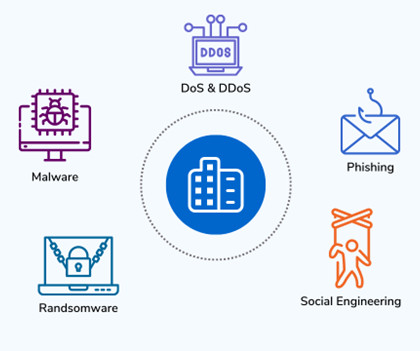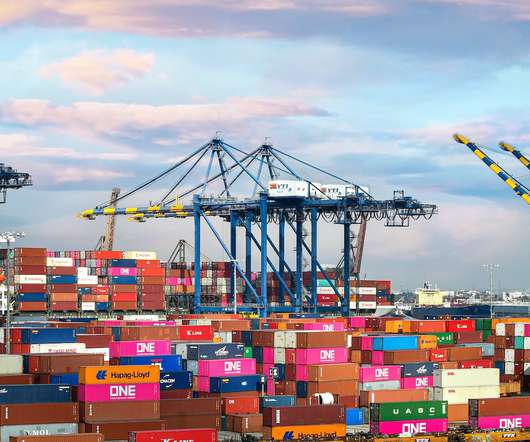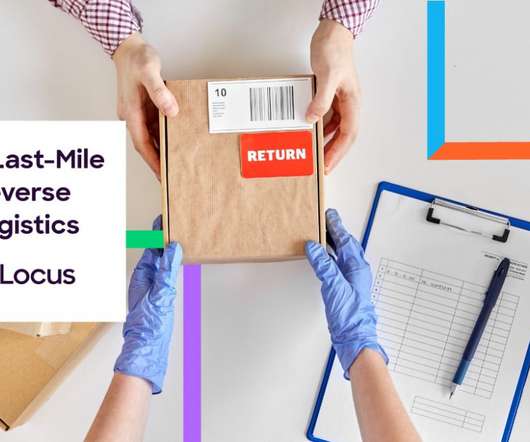Reverse Logistics: What is it, and Why is it So Important?
Unleashed
AUGUST 18, 2021
Reverse logistics is the process of goods returning to their point of origin – back from the purchaser to the manufacturer or supplier. Today, reverse logistics can no longer be an afterthought for manufacturers, but is instead an integral part of supply chain planning. What steps make up the reverse logistics process?






















Let's personalize your content